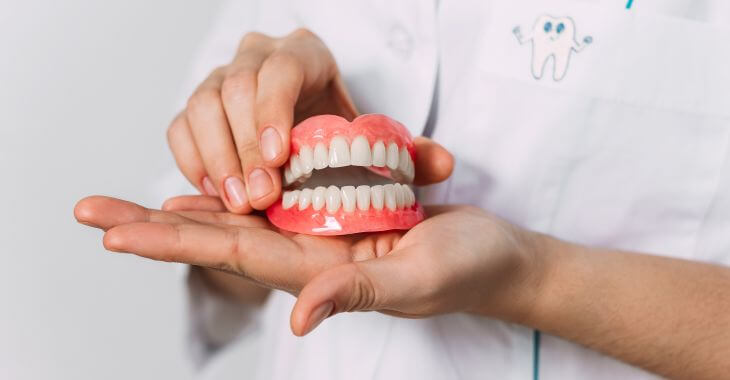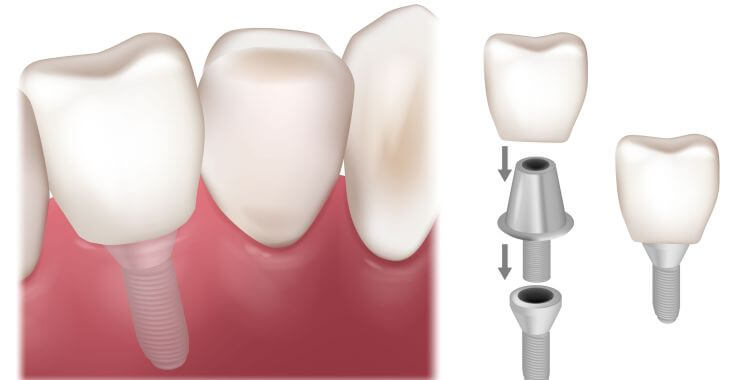Tooth Cracked in Half – No Pain: What You Need to Know

A tooth cracked in half, no pain, might not seem urgent, but it still requires attention. Understanding the causes, potential risks, and treatments is essential to maintaining oral health and preventing complications if you experience a cracked tooth without any pain.
Causes of a Cracked Tooth
Teeth can crack due to various reasons, including biting hard foods, accidents, or weakened enamel. Even if you experience no pain, it’s crucial to have your tooth inspected and repaired by a dentist to prevent further damage and protect other teeth from similar issues.
Cracks can vary in severity, from minor surface cracks to a tooth cracked in half. Treatment depends on the type and extent of the crack. Even without pain, any crack should be evaluated by a dentist to determine the appropriate course of action.
Piece of Tooth Fell Off No Pain
If a piece of tooth fell off, no pain, you might be tempted to ignore it. However, this can expose the inner layers of the tooth to bacteria, leading to decay or infection. Immediate dental consultation is recommended to assess the damage and prevent further complications.
Risks of Ignoring a Cracked Tooth
Ignoring a cracked tooth can lead to significant problems. Without treatment, a crack can deepen, eventually causing pain, tooth decay, infection, or tooth loss. Addressing a crack early can prevent these issues and save the tooth from extensive damage, reduce repair costs, and prevent tooth loss.
Temporary Measures for a Cracked Tooth
If a piece of tooth fell off without any pain, rinse your mouth with warm water and avoid chewing on the affected side. Over-the-counter dental cement can temporarily cover sharp edges. These measures can be used to protect the tooth until you can see a dentist.
Seeking Professional Help
Even if a tooth cracked in half with no pain, a dentist should evaluate it. They will use X-rays and examinations to determine the extent of the damage and recommend treatment options. Prompt, professional care ensures the best outcome for your tooth and prevents further damage.
Possible Treatments for Cracked Teeth
Treatment options for a cracked tooth vary based on severity. Minor cracks might only need bonding, while a tooth cracked in half could require more extensive procedures like crowns or root canals. Your dentist will suggest the best solution for your situation.
- Dental Bonding: For minor cracks or chips, dental bonding is a common treatment. The dentist applies a tooth-colored resin to the damaged area, restoring the tooth’s appearance and function. This quick, non-invasive procedure is effective for small cracks.
- Dental Crowns: If a tooth is cracked in half, a dental crown might be necessary. Crowns cover and protect the entire tooth, restoring its shape and strength. This treatment is often used when a large portion of the tooth is damaged, providing long-term protection.
- Root Canal Therapy: In cases where the crack extends to the tooth’s pulp, root canal therapy may be required. This procedure removes the damaged pulp, cleans the root canal, and seals it. A crown is usually placed afterward to protect the tooth from further damage.
- Tooth Extraction: In severe cases, if the tooth is too damaged to be saved, extraction might be necessary. This is usually a last resort when other treatments are not viable. Your dentist will discuss replacement options, such as implants or bridges, to restore your smile.
Preventative Measures
Preventing cracks involves maintaining good oral hygiene, avoiding hard foods, and wearing a mouthguard during contact sports. Keeping teeth healthy and strong can help prevent damage. For those with bruxism (teeth grinding), treatment can help prevent stress cracks on teeth.
Regular Dental Check-Ups
Regular dental visits are crucial for maintaining oral health. Dentists can identify early signs of cracks or other issues like tooth damage from bruxism, providing timely treatment to prevent complications. Routine check-ups and cleanings are essential for a healthy, crack-free smile.
Importance of Immediate Attention
Even if a tooth cracked in half with no pain, immediate dental attention is vital. Early intervention can save the tooth and prevent pain, infection, and further damage. Don’t wait for symptoms to appear or to experience pain; seek professional advice as soon as possible.
After treatment, follow your dentist’s advice for long-term care. This may include avoiding certain foods, maintaining oral hygiene, and regular check-ups to keep your teeth healthy and strong. Proper care ensures the longevity of the dental treatment and improves overall oral health.

A tooth cracked in half with no pain still requires prompt attention. Whether a piece of tooth fell off without pain or a more severe crack, seeking professional help is essential. Understanding the causes, risks, and treatments can help you maintain a healthy, strong smile.
The information provided on this website, including text, graphics, images, and other materials, is intended solely for informational purposes and should not be used as a substitute for professional medical advice, diagnosis, or treatment.




)